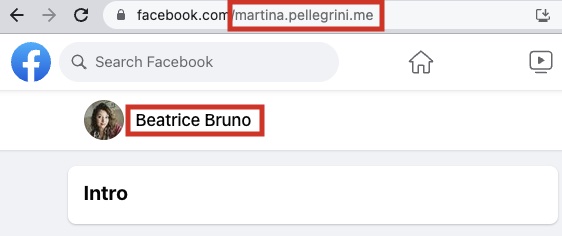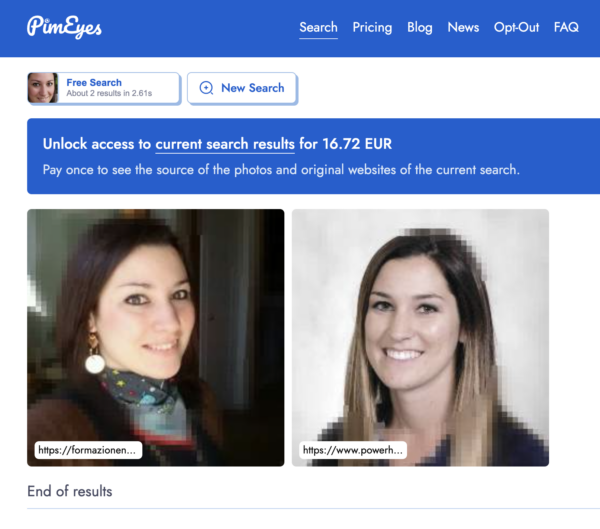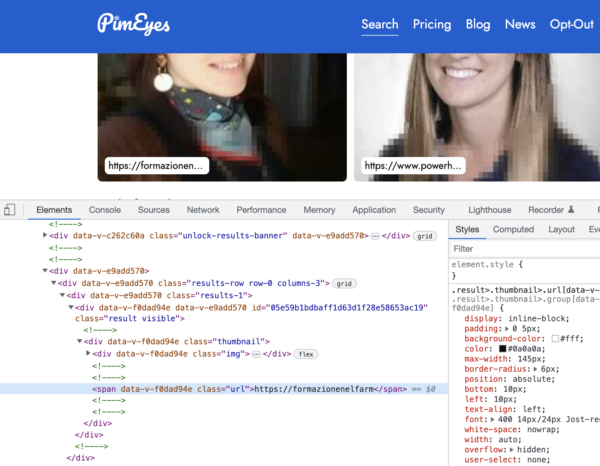THE STORY OF A SCAM AND HOW SOURCING WILL SAVE YOUR LIFE

So Daniel, my wonderful boyfriend, is relocating to Milan, Italy, and has been on the hunt for a new place to rent. These days, you can use renting websites like Airbnb and similar platforms, as well as Facebook groups, to find available rooms and apartments. And guess what? Daniel tried his luck with these options over the past few weeks.
He posted in one of these Facebook groups and a friendly, young local lady named Beatrice from Milan responded right away, offering an apartment. They had a pleasant and lengthy Messenger conversation and then the lady helped Daniel connect with her fiancé over Whatsapp. The fiancé suggested that Daniel transfer the deposit a day before his arrival. But you know… everything seemed legit as we even had a mobile phone number on WhatsApp! So, Daniel ended up paying a significant amount of money to them.
And then? You can probably guess what happened next, right?
Turns out, he was scammed.
Both Beatrice and her fiancé disappeared into thin air. The lady blocked Daniel on Facebook, and the fiancé simply ignored his WhatsApp calls and messages – effectively ending any form of communication.
Game over.
Money lost.
Now, I want to make sure this never happens to you so let me show you how these fuc…rs sorry for my Italian! scammers, pulled off their tricks.
SOURCING: THE SOLUTION TO OUR WORLD'S DIGITAL PROBLEMS
The ‘lady’ had a Facebook profile that seemed completely credible.
This profile had been active for over 10 years, and she regularly shared her past Facebook memories with the public. All of this made it quite convincing that she was a real person. Who would create a profile in 2013 just to scam people a decade later?! It simply doesn’t make any sense. Now, let’s shift our focus to her name and take a closer look at the URL…
Now, let’s shift our focus to her name and take a closer look at the URL… Not a big deal but her name and the ID in the URL were not related to each other at all.
Not a big deal but her name and the ID in the URL were not related to each other at all.
Usually, people either use the same name or a shortened/modified version of their name (or a nickname) in the URL. However, in her case, there was a strange inconsistency between her name and the URL. This could have been the first clue to unravel the scam.
FACE RECOGNITION
Moving on, we are going to analyze her profile pictures by using pimeyes.com. This platform utilizes face recognition technology to determine if the profile picture belongs to her or someone else. Pimeyes is using face recognition. Face recognition technology (citing ChatGPT) “assists in finding similar faces across web image results. By analyzing facial features and patterns, it can help identify and match faces in different photos or images available on the internet. This feature is useful for locating images of the same person across various online platforms and sources.” Yeah, that’s what we need now.
Pimeyes is using face recognition. Face recognition technology (citing ChatGPT) “assists in finding similar faces across web image results. By analyzing facial features and patterns, it can help identify and match faces in different photos or images available on the internet. This feature is useful for locating images of the same person across various online platforms and sources.” Yeah, that’s what we need now.
As you can see none of these results look the very same, however, we must assume that Pimyes is likely more sophisticated than us. Let’s dig deeper!
Without a paid account on Pimeyes, you cannot view the image source. However, by inspecting the image, you can gather more clues about the website URL. Yes, it’s something like formazionelefarm… Now it’s easy to Google it and you will quickly find the actual website: https://formazionenelfarmaceutico.com/
Yes, it’s something like formazionelefarm… Now it’s easy to Google it and you will quickly find the actual website: https://formazionenelfarmaceutico.com/
Alright, we have a website that seems to contain the above image. Let’s use facesaerch.com to see if our assumption is valid. And yes, there she is! 
ANOTHER WOMAN!
 It was easy to find this woman on LinkedIn, and indeed, the name did not match Beatrice Bruno. Although the LinkedIn profile picture wasn’t present on the Facebook profile, I quickly compared the images and realized that they belonged to the same person as the Facebook images of “Beatrice”.
It was easy to find this woman on LinkedIn, and indeed, the name did not match Beatrice Bruno. Although the LinkedIn profile picture wasn’t present on the Facebook profile, I quickly compared the images and realized that they belonged to the same person as the Facebook images of “Beatrice”.
“Beatrice” has stolen the entire digital personality of this woman but she made a mistake by adding an almost-identical family name into the URL.
Now, Daniel is hoping that his bank can retrieve his money. However, those of you who are still reading these lines must learn from his experience.
Cybercrime is a real threat, and even if you see a trustworthy image, a working mobile phone number, and observe similar online behavior to that of normal people, it is essential to remain skeptical and question everything you encounter online.
This is not a utopia, my friend; it is what awaits all of us more frequently in the future.
Happy Sourcing…
Photo by Sander Sammy on Unsplash





Responses